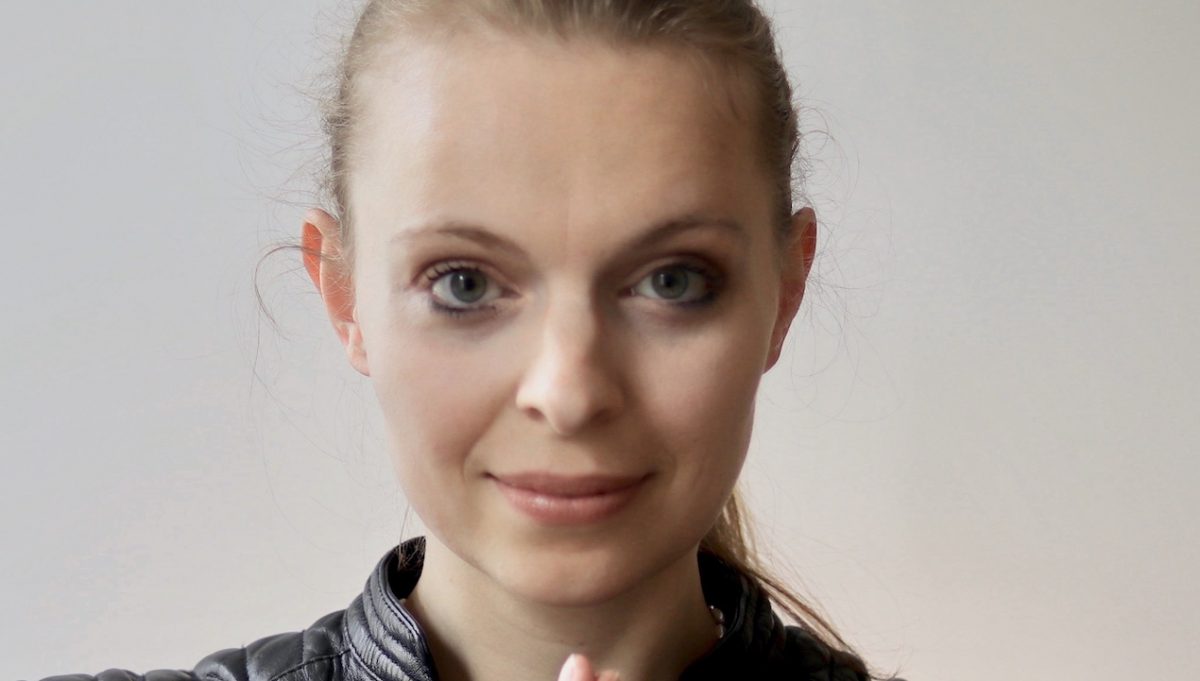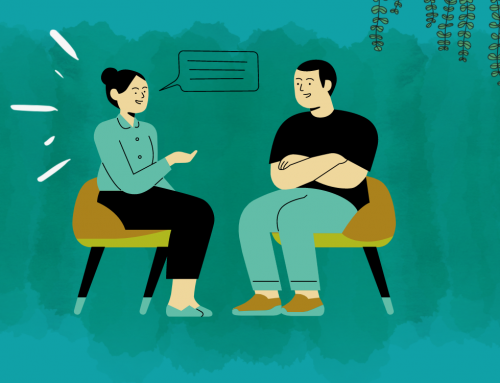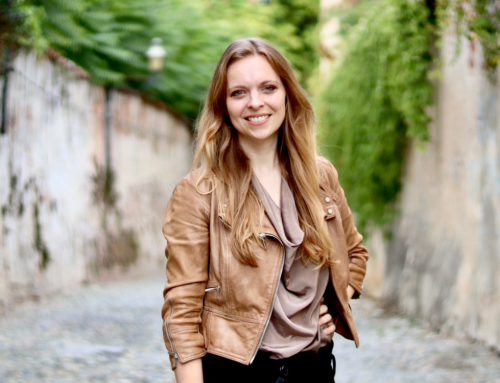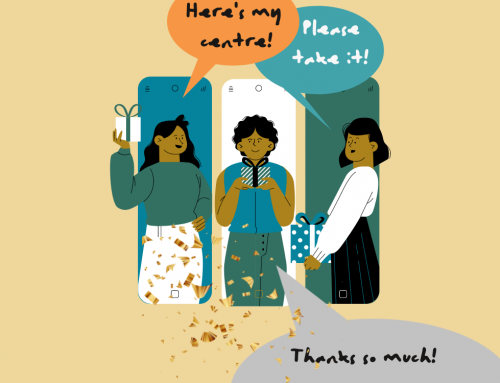What shapes our experience are the images, sounds, physical sensations and feelings that pass through our body as well as the words we lend to them.
But how to distinguish a “real experience” from a “crazy trip”?
The problem is that we often remember the WORDS rather than the entirety of the EXPERIENCE, although words are only the name our brain glues on a certain sensation.
I have seen people freak out at the first glimpse of sadness. But I have also seen people in states of freed happiness when they finally experienced sadness over something they could never really cry about (and as a result of that felt guilty). I have seen people be ashamed of their anger as well as people who felt exhilarated after finally they rediscovered anger as a tool for recognising their boundaries. We have all seen people run away from love and other people who embraced it.
Sure thing: it is not the emotion that is good or bad, healthy or harmful, life-giving or crazy, it is the context we view it from and the meaning we attach to it.
Words are the potentially misleading language to store our memories in. They document the stories we tell ourselves. Stories about ourselves, our surroundings and the relationship we have with them.
Words help us to contextualise our experience. But it is the ENTIRETY OF THE EXPERIENCE that helps us to KNOW.
The biggest messengers within that experience are not the words we seem to hear. But the FEELINGS that pass through us. It is our intuition that gives us the feedback our body wants us to hear the most.
I like to think that feelings are the harder to manufacture than words.
It is easy to let our prefrontal cortex tell us: “Just forget that ex-partner of yours!” or “I should really go to the gym instead of having this piece of cake”.
But if we let your prefrontal cortex play against our amygdala (= our reptile brain), the amygdala always wins.
So, if emotions are our gateway to “real experience”, the question remains: What is real and what is invented by my brain?
Let’s experiment with two answers.
The first answer is a counter question: “What would be the difference?”
If what “IS REAL” is produced by your own body, why don’t we trust our bodies when interpreting it?
What if “WHAT IS” mattered way less than our answer to the question:
“Do I like who I am or who I am becoming in this experience?”
Imagine me going nuts, because my current date isn’t texting back. Now: My notion of “long” or “not long” is a direct result of the story I am creating. But who do I like most becoming: The waiting wannabe-girlfriend living in an unfair world? The woman who connects deeply – even and especially in mutual silence? The woman who – with giggles and joy – notices that precious pain as a sign that she – damn – has caught fire? The woman whose life is so thrilling that worrying about dates comes last on her agenda? The woman who commits to playing hard-to-get once the date texts back and levels the power field? The woman who will harden inside as a result of not being seen again?
My friends will say that one of these scenarios will be “more true” than others. And the level of truth they see will likely depend on the level of authenticity with which I listen to what’s really inside of me.
The second answer is: There are feelings that – if followed – pave the way to who we truly are. And there are feelings that distract us. They are like noise. I like to say…
Feelings are powerful messengers. Who will keep coming at us until we have heard the message. And if we don’t listen properly, the only chance they have is to come back with twice the force.
If we listen to “feelings of noise”, we keep reliving them again and again and again.
The result of us listening to to feelings properly is that we can treat their messages as a guide. A guide to shape the colour of our experience, to give context to our experience that will forge the path to a “way of being” that is truly ours.
Hence the challenge becomes one of discernment. A discernment between those feelings who are here to tell us something real and those that are just “noise”.
The recipe offered is both utterly subjective as well as scientifically unproven. Yet its circular logic might feel cunning as well as sweetly disarming:
Behind every feeling there is a deeper feeling. It is that deeper feeling that truly drives your experience.
Identify the drivers of your experience and you will learn to navigate your experience peacefully and with grace. That is when you do not have to overcome fear anymore, because you will KNOW what you wanna be courageous for. That is when you do not have to crave for or ration your attention, because you will KNOW your love is endless. That is when you do not NEED that post-it with your positive affirmation in the morning and when you don’t have to worry over criticism or failure…
…because you know who you are.
The deepest feelings are the ones that contain the grandest truth. And the grandest truth of all is (evidently) love.
You will know that you have hit it when the feeling speaks to you with adult empathy, with blissful, pain-free neutrality and with unprecedented clarity.
If we sharpened your perception to discover the true, bottomlessly deep love that is really around and within us? We would blissfully enjoy all these noisy feelings we throw at ourselves, and recognise them as what they truly are: humps and bumps in our road. Entertaining us, reminding us, not owning us.
And we could pay attention to WHO WE ARE AND WHO WE ARE BECOMING IN OUR EXPERIENCE rather than to fighting the noise.
And that’s how you know that you are listening to your true feelings rather than “just” being emotional.







